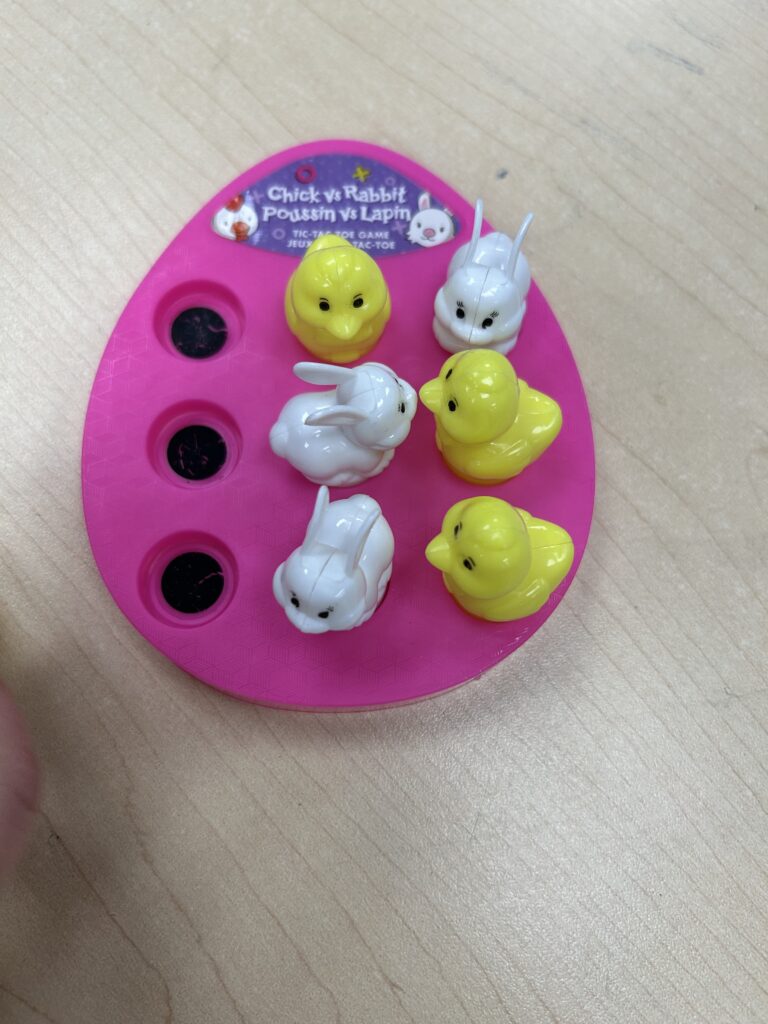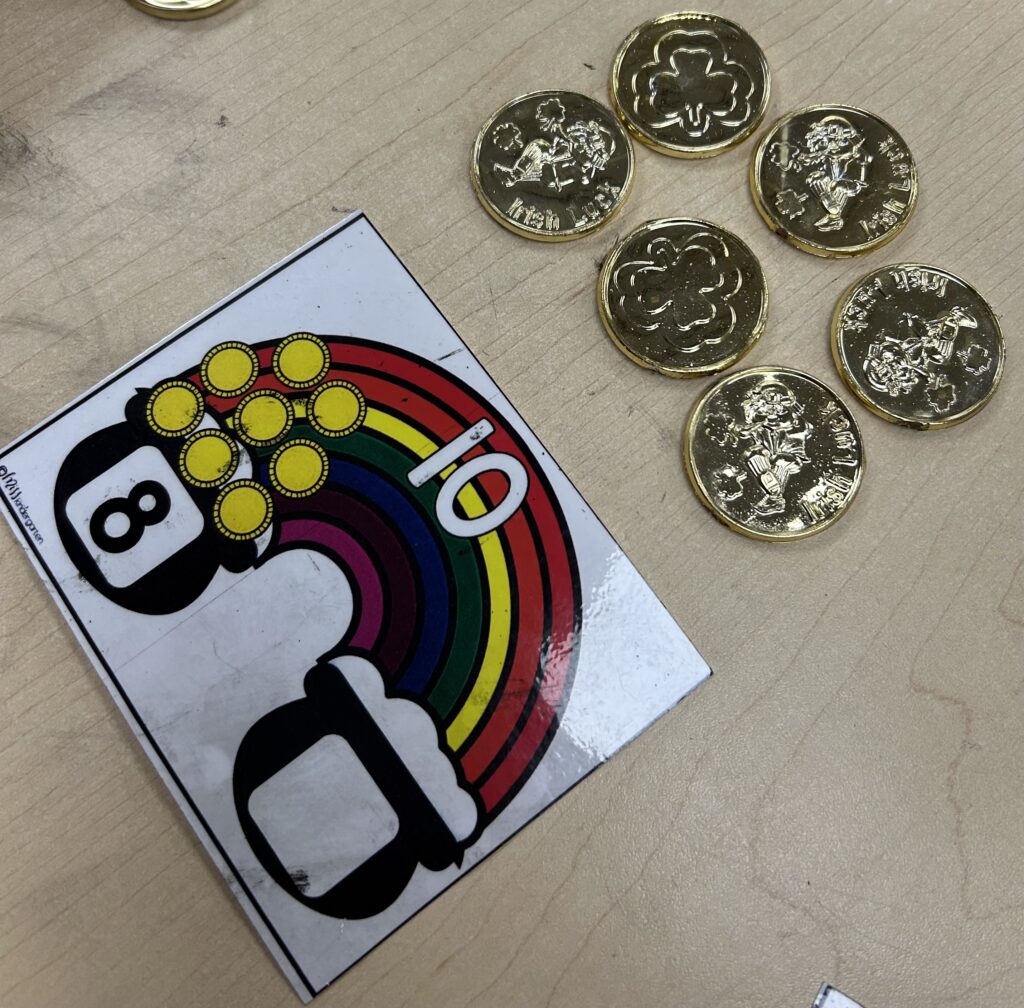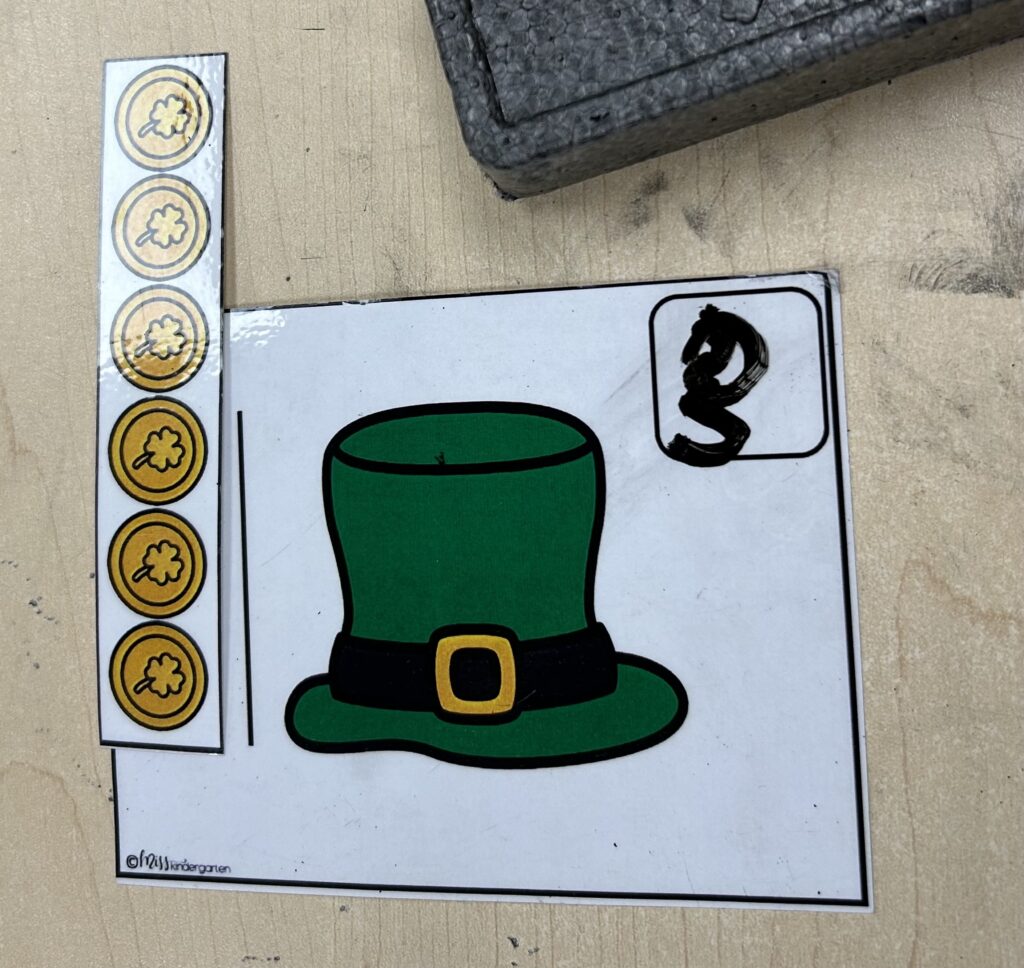BC Curriculum Connections
Grade: Kindergarten
Subject: English Language Arts (K)
Core Competencies: Communicating
Big Idea: Through listening and speaking, we connect with others and share our world.
Curricular Competencies: Exchange ideas and perspectives to build shared understanding.
Content: Strategies and processes: oral language strategies.
————————————————————————————————–
Subject: Mathematics (K)
Core Competencies: Critical Thinking and Reflective Thinking
Big Idea: One-to-one correspondence and a sense of 5 and 10 are essential for fluency with numbers.
Curricular Competencies: Develop, demonstrate, and apply mathematical understanding through play, inquiry, and problem solving
Content: Number concepts to 10 and direct comparative measurement.
Lesson / Activities
*Note: This literacy lesson was extremely short as the teachers’ main focus in the morning was math. I did not take any photos as students were participating in the show and tell activity.
Soft start: The teacher mentioned that she usually has a message on the board for the students to read but missed it for this day. She also takes attendance by having the students come up to the whiteboard when they arrive at the start of the day. They read and answer a “yes” or “no” question by placing their name tag under their chosen answer. The question usually starts with the letter they are learning. Today’s question was “Do you like watermelons?”
Show and tell: Each week, the class has show and tell time. About five students participate each day, and their objects must start with the letter they are learning. This week, the focus was on the letter “W”. The students who are presenting must give three different clues (e.g., my object holds money, my object can fit into a purse and it is leather) then students with raised hands get a chance to guess (wallet). After the class has guessed the right answer, the presenter gets to choose three people to ask them a question about their object – the questions must relate to the show and tell.
This activity, as I observed today, fosters wonder, creativity, and communication. The students enjoyed it, and I believe it’s a great way to build a classroom community. Students get to share something special to them, allowing others to make connections and share common interests.
*I wanted to share the math activities I observed and participated in as math was the main focus for our visit.




Personal Reflection:
I am grateful that I got to spend my last visit in the Kindergarten classroom! My practicum is in a Kindergarten class this year, so I found this last visit extra special as I got to see how another Kindergarten classroom runs, examples of different transitions, as well as some helpful resources and activities. I enjoyed how the classroom teacher got us to work with a small group of students during math centers, as it gave me the chance to see how she implements new activities and organizes student-led activities. All in all, I believe this visit was a great learning opportunity for me. I took away a lot of useful strategies, tips, and resources that I can hopefully implement in my practicum class as well as in my future classrooms!
Leave a Reply
You must be logged in to post a comment.